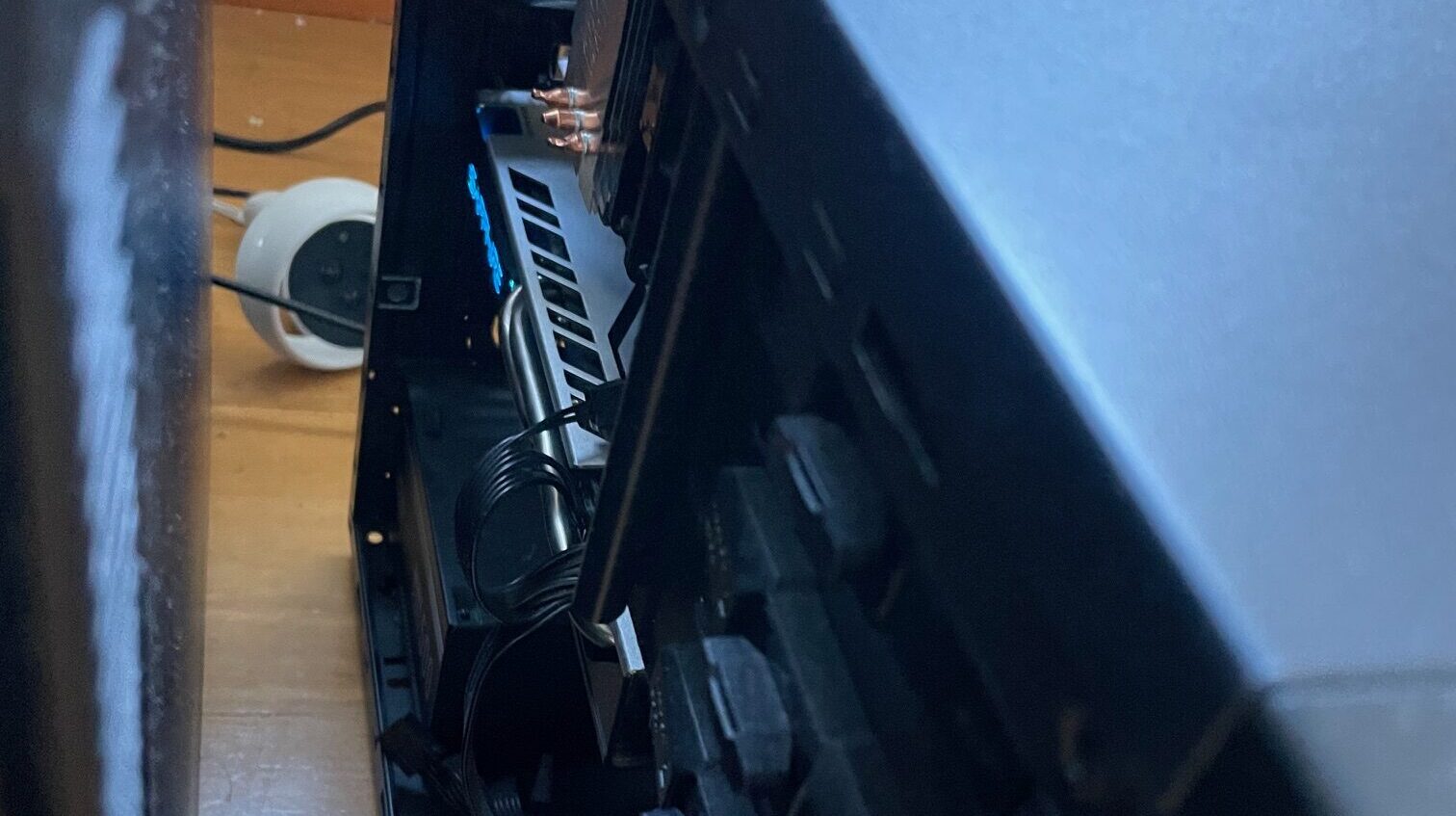Migrating to a new server environment can be both exciting and challenging. Over the course of my latest project, I encountered a mix of technical successes and unexpected challenges that taught me plenty about hardware handling, database import processes, and the importance of proper physical setups.
Setting Up the New Ubuntu Server
The migration journey began with installing Pterodactyl on a fresh Ubuntu server. Pterodactyl provides a robust management platform for game servers (and other applications), and getting it up and running was the first major milestone.
- Action Item:
Verify that the Pterodactyl installation configuration files have been correctly customized for the new server environment. For example, check thewings.servicefile and environment settings in/etc/pterodactyl/(or the equivalent directory on your system).
After installing the panel, I imported the database from the previous installation. This step was crucial to ensure that all the existing server configurations and user data transferred seamlessly over to the new system.
- Action Item:
Ensure that the database configuration file (oftendatabase.ymlor similar) accurately reflects the new server’s connection settings.
Migrating the WordPress Installation
Parallel to setting up Pterodactyl, I migrated my WordPress website from the old Ubuntu server to the new one. This migration involved transferring both files and databases, ensuring that all your posts, themes, and plugins function seamlessly on the new host.
- Document to Verify:
Review your WordPress configuration file (wp-config.php) to confirm that the database credentials and paths are correct for the new environment.
Migrating WordPress can sometimes reveal subtle discrepancies in server configurations, so be sure to run thorough tests on various pages of your website once the migration is complete.
Overcoming Unexpected Hardware Challenges
No project is without its hiccups. I faced an immediate challenge: the CPU on the new server was quickly hitting its maximum temperature. This was due to a temporary absence of CPU cooling paste. Without the thermal compound, the heat transfer between the CPU and the heatsink was inefficient—essentially, a metal-on-metal contact.
- Action Item:
Update the maintenance log or internal documentation detailing the hardware issue. Verify the cooling system configuration and schedule a maintenance update to apply new thermal paste as soon as possible.
This temporary hardware setback served as a reminder of how crucial even the simplest components, like thermal paste, are to the overall stability of a server environment. When the system overheats, it could potentially throttle performance or, in worst-case scenarios, lead to hardware damage.
Optimizing Network Setup
In addition to the cooling issue, I noticed that the distance between the server PC and the router was less than optimal. The long run of CAT cables across multiple rooms can sometimes introduce interference or signal degradation, which might affect performance over time.
- Document to Modify:
Update your network setup documentation (e.g., a network topology diagram or a lab configuration file). Consider re-running the cable installation diagram after physically repositioning the PC closer to the router.
Moving the PC closer to the router will improve the network latency and help maintain a stable connection—important for a variety of tasks from remote administration to ensuring smooth end-user experiences on hosted services.
Lessons Learned and Best Practices
This migration process has been a learning curve with several key takeaways:
- Preparation is key:
Plan for both software migration and hardware contingencies before initiating large-scale server moves. - Documentation and verification:
Always verify and update configuration files and documentation—whether it’s for Pterodactyl’s setup, WordPress settings, or network diagrams. This minimizes risks and speeds up troubleshooting. - Hardware maintenance matters:
Even a small omission, like the lack of CPU cooling paste, can have significant performance impacts. Always double-check the hardware side of things. - Monitor and adapt:
Both systems and network configurations need continuous monitoring. Use system health checks to ensure that performance remains optimal after major changes.
Conclusion
Migrating to a new server is never a one-size-fits-all process. From installing management panels like Pterodactyl to ensuring that your WordPress site is seamlessly transferred and properly configured, every step involves careful planning and verification. Even when facing unexpected challenges such as overheating CPUs or suboptimal network setups, there are always immediate steps you can take to correct the course.
By updating the relevant configuration files and verifying document setups as outlined above, you can ensure a smoother transition and a more robust server environment for your projects.
